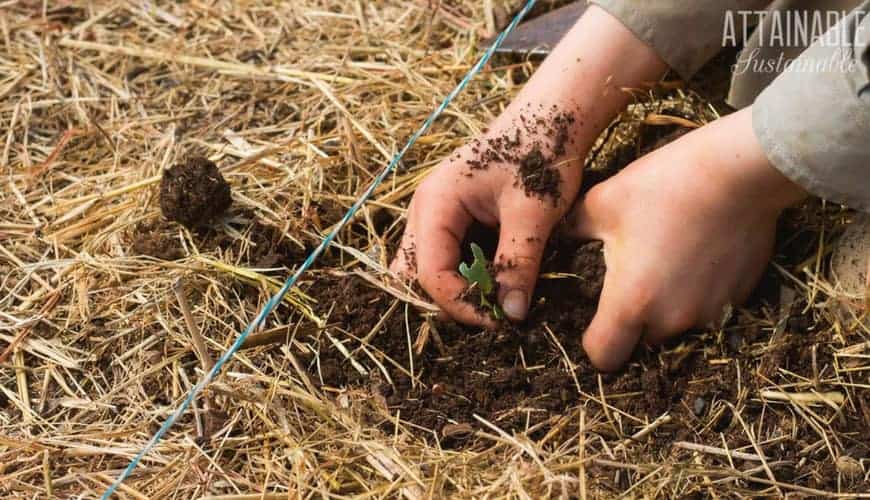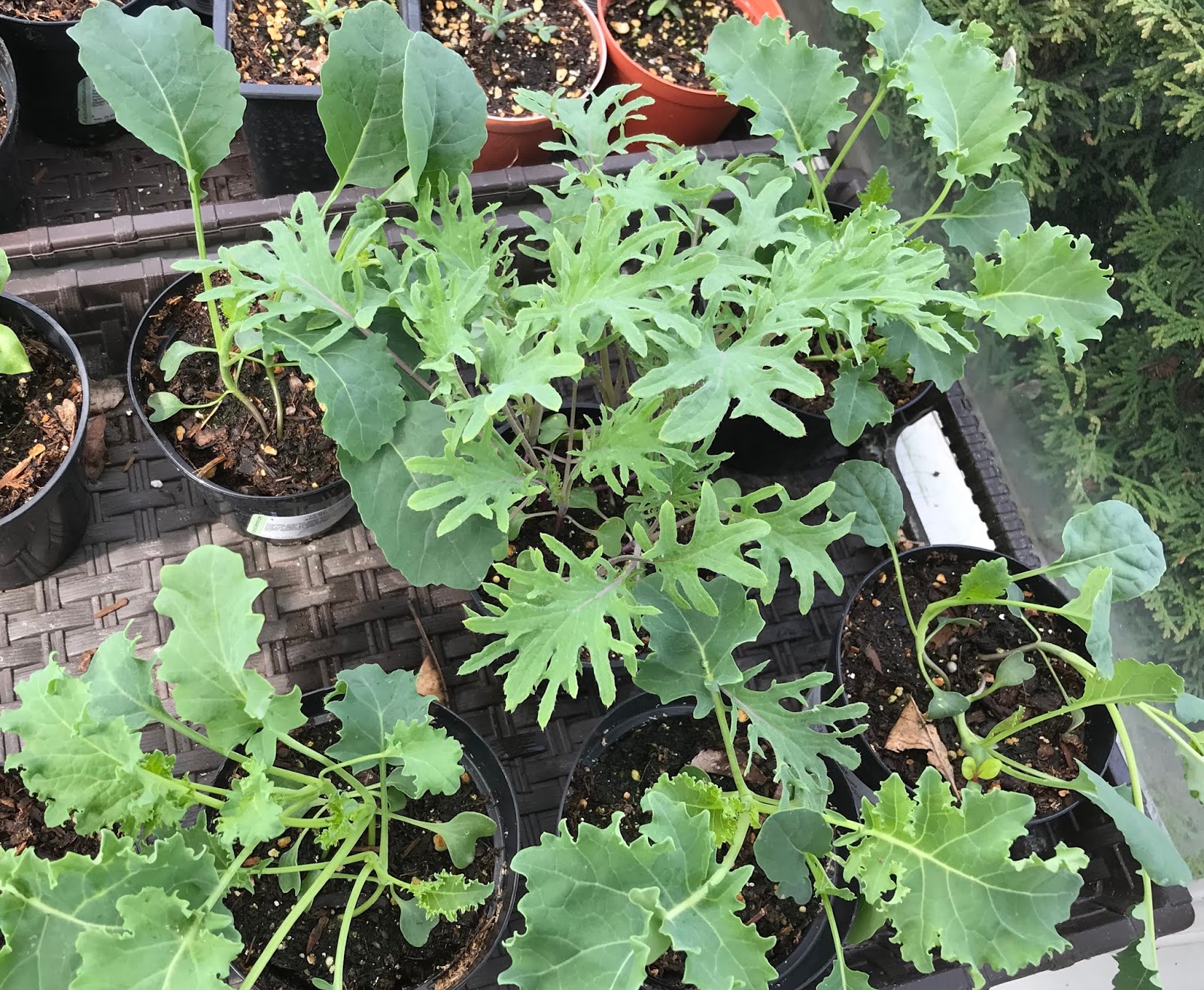
Kale thrives in moderately rich, cool, consistently damp soil. Yet you could also direct-sow kale outside, start seeds indoors, or purchase nursery seedlings. These days, we start the majority of our veggies from seed in our greenhouse and transplant them out later. As long as they’ve been properly hardened off, the stem of tall seedlings can be buried up to their first set of leaves. When planting kale seedlings outdoors, space them approximately 12 to 18 inches apart. See this guide for more tips on starting and raising seedlings indoors. Tiny sprouts are also more susceptible to pests outdoors. Directly sowing seeds outdoors can lead to less rapid and consistent germination. If you’re starting them inside, be sure to provide ample light to avoid tall, leggy seedlings.

Maintain consistent moisture during germination.

Sow kale seeds in light, well-draining soil about ¼ to ½ inch deep. Yet places with moderate winters (zones 8, 9, and 10) can plant kale later in the fall and even into winter. Protect tender young seedlings from hard frost after planting with frost cover or cloches.įor a fall harvest, plant kale 6 to 8 weeks before your zone’s first average fall frost date. Seeds can be started indoors even a few weeks earlier. If you don’t have one yet, grab a planting calendar here to help guide your timing – they are available for every USDA hardiness zone!Īs a general rule of thumb, plant kale seedlings outside in late winter to early spring, as early as 3 or 4 weeks before your last average frost date. The exact time to plant kale depends on your climate, and if you’re starting with seeds or seedlings. You can grow kale by sowing seeds directly outdoors, or by planting seedlings – either nursery seedlings, or ones you start indoors yourself.
KALE SEEDLINGS FALLING OVER FREE
SubscribePlanting calendars are available for every growing zone in the Homestead and Chill subscriber free garden planning toolkit. Once that happens, the leaves decline in quality, size, and also become more bitter. Note that fall-planted kale that have grown through winter may be triggered to bolt by the lengthening daylight hours of spring, even if temperatures are still cool. In most locations, kale can be left in the garden all winter! On the flip side, brutal heat can quickly cause kale to “bolt” – or begin to flower and go to seed.

Hardy kale grows longer into the freezing winter months than most leafy greens, said to withstand temperatures down to 10☏. In fact, kale leaves taste better in colder weather, and develop a sweeter flavor after a kiss of frost! That is because kale is less tolerant of extreme heat than it is of cold. Yet in moderate climates with only mildly warm summers or little-to-no winter frost, kale can continue to grow for up to a year, or longer! Kale grows exceedingly well as a fall crop in many regions – where there is a longer period of cooling weather ahead. In most locations, kale has two distinct growing seasons: spring and fall. It is generally considered a ‘cool season crop’, like its fellow members of the brassica plant family, such as cabbage, cauliflower, and broccoli.

Kale grows well in a temperature range from 35 to 75 degrees, but is happiest between 60 to 70☏. Not all kale grows quite this tall, but given the right conditions and time, it can! Homestead and Chill gains a small commission from purchases made through those links, at no additional cost to you.Īh, our infamous ‘kale trees’ – ha! This is Lacinato kale, some classic Tuscan and some Dazzling Blue. Ready to grow kale? (The correct answer is kale yes.)ĭisclosure: This post may contain affiliate links to products for your convenience, such as to items on Amazon.
KALE SEEDLINGS FALLING OVER HOW TO
Tips for ongoing care, potential pests, and how to harvest, use, and preserve kale are included too! We’ll explore the optimal conditions and time of year to grow kale, ways to extend the growing season, and different varieties of kale to grow. In this article, you’ll learn everything you need to know to grow kale at home – from seed (or seedling) to table. WebMD even refers to kale as a superfood! Of all the “grow guides” we’ve published here, I’m not sure why it’s taken me so long to write about how to grow kale… After all, it is one of our favorite versatile veggies – and also quite straightforward to grow! Kale is one of the most popular dark leafy greens around, prized for its high nutrient-density and numerous health benefits. Share on Pinterest Share on Facebook Share on Twitter Share on Email Share on Reddit


 0 kommentar(er)
0 kommentar(er)
